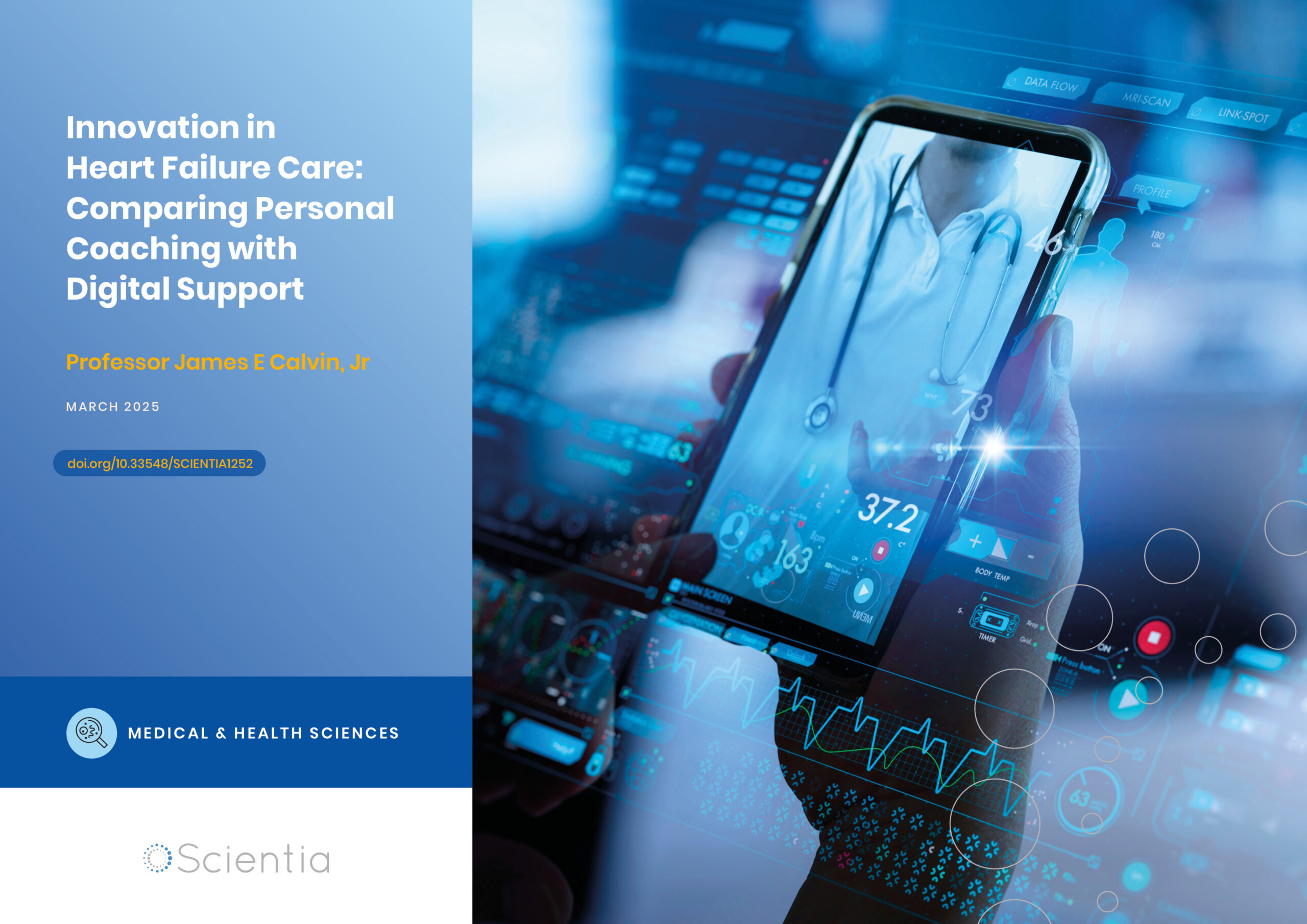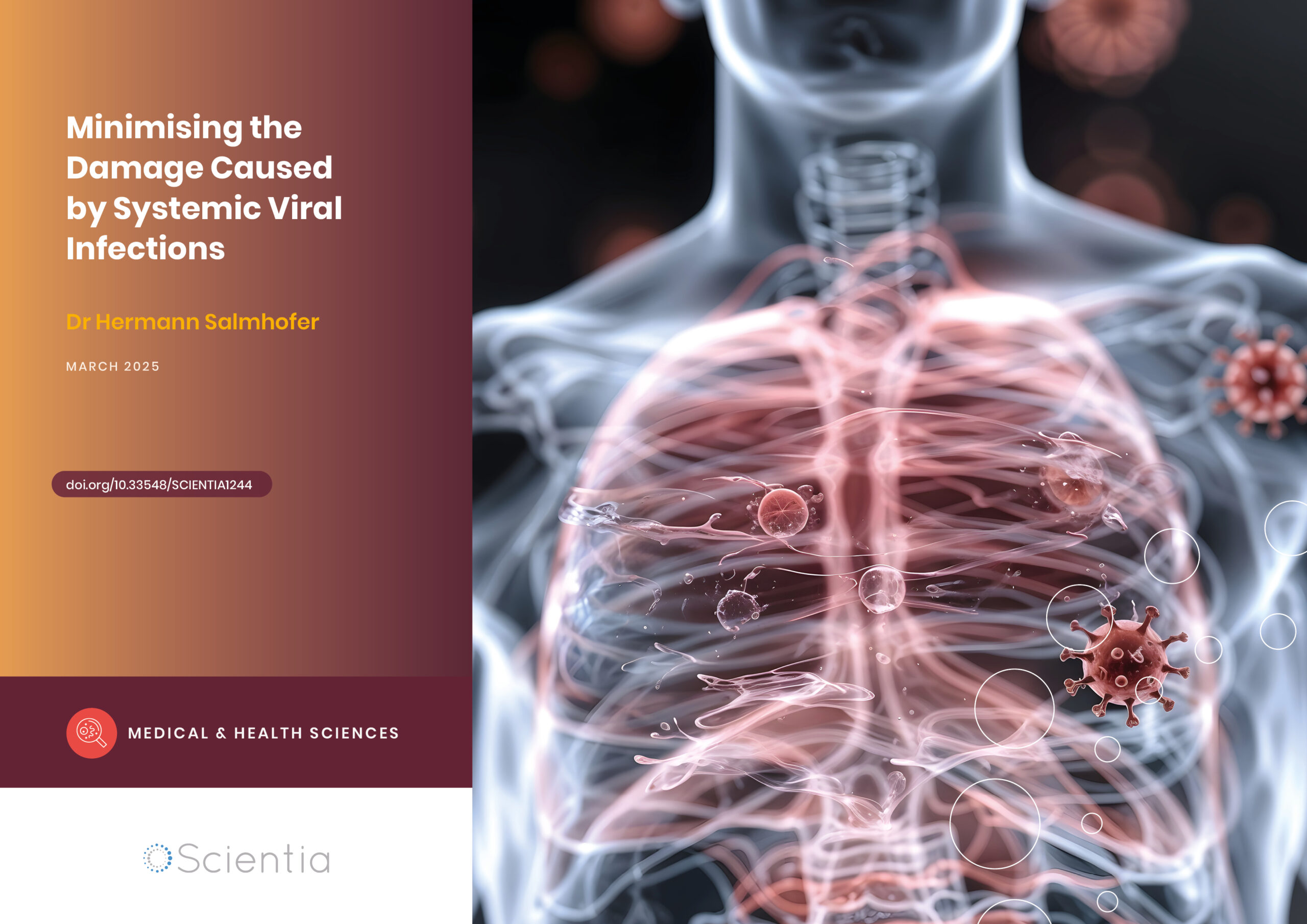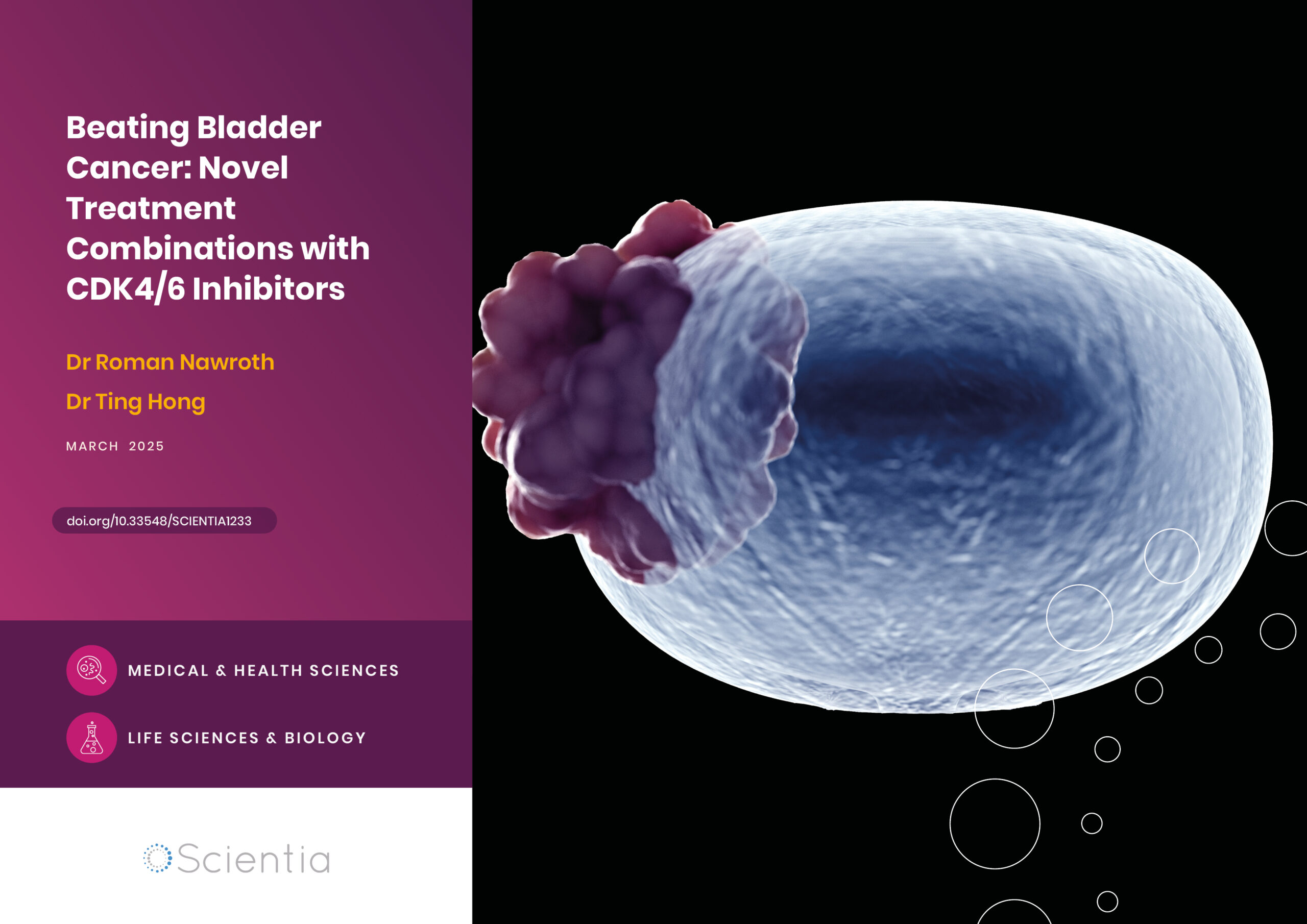Dr Nadine Abi-Jaoudeh | New Hope for the Improvement of Liver Cancer Treatment: A Novel Platform for Drug Delivery
Dr Nadine Abi-Jaoudeh and Dr David Imagawa of the University of California Irvine are working with a team of researchers dedicated to improving treatment options and outcomes in hepatocellular carcinoma – a serious form of cancer associated with long-term liver diseases. Their early-stage research offers important hope that in the future, effective drugs such as sorafenib and regorafenib may be utilised in trans-arterial chemoembolisation thanks to their development of a novel platform for drug delivery.
Treating Hepatocellular Carcinoma
Hepatocellular carcinoma (HCC), more commonly known as liver cancer, is the fifth cause of cancer death worldwide. This serious form of cancer is most frequently found in individuals with underlying conditions and its incidence is increasing. As with all cancers, positive outcomes are most likely when the cancer is detected early and treatment commences rapidly.
An approach known as trans-arterial chemoembolisation (TACE) is recommended by several clinical guidelines for the treatment of intermediate HCC (defined as the presence of multiple lesions in the liver but with preserved liver function and absence of cancer-related symptoms). TACE is a minimally invasive procedure involving the delivery of chemotherapy directly to the tumour alongside embolic agents to block the blood supply from the branches of arteries that feed the tumour.
Despite being a recommended first-line approach for intermediate HCC, a standard methodology for TACE has not been established. In other words, the specific treatments that patients may receive can vary widely, with the upshot that outcomes can likewise vary considerably.
Dr Nadine Abi-Jaoudeh, Dr Imagawa of the University of California Irvine, and the dedicated team of researchers at Bruin Biosciences considered the evidence in support of the efficacy of TACE. They noted that several clinical trials have not demonstrated an added benefit by the addition of chemotherapy to the embolic agents in TACE. They were also concerned to note that the drugs used for chemotherapy as part of TACE (such as doxorubicin) are already known to be ineffective in the treatment of HCC.

Credit: https://bruinbio.com
How Can Outcomes be Improved?
The use of drugs with established efficacy in HCC would likely improve the treatment outcomes of TACE – if they can be safely incorporated into the intervention. Drugs that can inhibit the growth of new blood vessels (known as anti-angiogenic agents) effectively impair tumour growth by preventing the tumour from recruiting and growing blood supply. However, to be used during TACE, drugs need to be water-soluble, positively charged, and able to be loaded onto the tiny beads (microspheres) that block the arteries and slowly release from the microspheres over time into the tissue (elution process). For example, sorafenib and regorafenib are two drugs that can be very useful in the treatment of HCC, but due to their lipophilic nature and neutral charge, they cannot currently be loaded or eluted on the microspheres and are not part of TACE.
A Novel Platform
To overcome this critical challenge to effective HCC treatment, the Bruin Biosciences team developed and patented a platform specifically designed to allow the loading and elution of lipophilic and/or neutral drugs such as sorafenib and regorafenib on microspheres for use in TACE. In 2023, they published a study in which they used the established VX2 rabbit tumour model to test the delivery of the targeted therapies loaded onto the beads.
The outcomes were highly promising. First, the researchers confirmed that their idea of delivering lipophilic drugs via microspheres was achievable. Second, analyses confirmed that both sorafenib and regorafenib were effectively delivered directly to the tumours with minimal escape into the blood circulation.

Excitingly, the improvement of TACE through the use of lipophilic drugs may allow for better outcomes for patients with larger or more persistent tumours. Furthermore, the more targeted delivery of drugs such as sorafenib via TACE as opposed to oral or intravenous systemic administration will likely reduce the often significant side effects associated with these treatments. Of course, when side effects are reduced, the risk of dose reductions, interruptions, and poor patient compliance is also reduced.
Future research will need to expand the testing and validation of the platform in further animal and, eventually, human studies before the intervention can be offered as standard of care. Nonetheless, this early-stage work provides important hope that the treatment of HCC can be dramatically improved.
SHARE
DOWNLOAD E-BOOK
REFERENCE
https://doi.org/10.33548/SCIENTIA1103
MEET THE RESEARCHER

Dr Nadine Abi-Jaoudeh
Department of Radiological Sciences, University of California Irvine, Orange, CA, USA
Dr Nadine Abi-Jaoudeh is an American and Canadian board-certified vascular and interventional radiologist at the University of California Irvine. Dr Abi-Jaoudeh completed her medical degree at the University of Montreal, then took up an internship and residency at the University of Laval in Québec, and a fellowship in interventional radiology at the University of Virginia in Charlottesville. She then joined the National Institutes of Health, where she was a principal and associate investigator on several human trials. She also completed multiple animal and translational studies. In 2015, Dr Abi-Jaoudeh joined the University of California Irvine where she has progressed the research program. In 2018, she became the director of clinical research in the Department of Radiology. In late 2020, she became section chief of interventional radiology. She served as the inaugural chair of the diversity and inclusion committee of radiology from 2021–2024. She is principal investigator on multiple phase I, II and III trials as well as pre-clinical studies.
CONTACT
E: nadine@hs.uci.edu
W: https://faculty.uci.edu/profile/?facultyId=6155
LinkedIn: https://www.linkedin.com/in/nadine-abi-jaoudeh-55681066
KEY COLLABORATORS
Dr Ben Sadeghi, Department of Radiological Sciences, University of California Irvine, Orange, CA, USA
Dr Hanna Javan, Department of Radiological Sciences, University of California Irvine, Orange, CA, USA
Dr Jim Na, Cullgen, Inc., San Diego, CA, USA
Dr Graham Beaton, Epigen Biosciences, San Diego, CA, USA
Dr Fabio Tucci, Epigen Biosciences, San Diego, CA, USA
Dr Satheesh Ravula, Epigen Biosciences, San Diego, CA, USA
Dr David K Imagawa, Department of Surgery, University of California Irvine, Orange, CA, USA
FUNDING
Funding for this work was provided by Dr David KImagawa, a seed grant from the Department of Radiological Sciences.
FURTHER READING
N Abi-Jaoudeh, et al., Drug-Eluting Embolic Loaded with Tyrosine Kinase Inhibitor Targeted Therapies for Transarterial Chemoembolization in a VX2 Model, Cancers, 2023 15(12), 3236. DOI: https://doi.org/10.3390/cancers15123236
REPUBLISH OUR ARTICLES
We encourage all formats of sharing and republishing of our articles. Whether you want to host on your website, publication or blog, we welcome this. Find out more
Creative Commons Licence (CC BY 4.0)
This work is licensed under a Creative Commons Attribution 4.0 International License. 
What does this mean?
Share: You can copy and redistribute the material in any medium or format
Adapt: You can change, and build upon the material for any purpose, even commercially.
Credit: You must give appropriate credit, provide a link to the license, and indicate if changes were made.
SUBSCRIBE NOW
Follow Us
MORE ARTICLES YOU MAY LIKE
Professor James Calvin | Innovation in Heart Failure Care: Comparing Personal Coaching with Digital Support
Heart failure remains one of the most challenging conditions facing healthcare systems today, with hundreds of thousands of new cases diagnosed annually. Professor James Calvin from Western University’s Schulich School of Medicine and Dentistry has led groundbreaking research comparing two innovative approaches to supporting patients: personal health coaches and smartphone reminders. His team’s findings suggest that combining human support with digital technology could transform how we help patients manage this complex condition.
Dr Hermann Salmhofer | Minimising the Damage Caused by Systemic Viral Infections
The mechanisms via which viral diseases infect and progress within the human body have become the subject of intense scrutiny since the emergence of the serious respiratory condition COVID-19, although many other viruses remain woefully under-researched. Recently, Dr Hermann Salmhofer and colleagues at the Paracelsus Medical University in Salzburg, Austria, have described the successful treatment of a harmful systemic virus affecting the kidneys, and suggest a possible new treatment target to mitigate the progression of the disease and prevent the development of permanent organ damage. Their findings, combined with broader research on viral infections, highlight the critical importance of both preventive measures and targeted treatments in managing viral diseases.
Revealing the Intricate Links Between Metabolism and Reproduction
The brain plays a vital role in controlling reproductive functions. It helps to maintain a delicate balance of hormones, all of which can be affected by the metabolism. Investigating the impact of the metabolism on reproductive development and function is critical to a better understanding of health and diseases. Professor Carol Fuzeti Elias and Dr Cristina Sáenz de Miera Patín from the University of Michigan in the USA, carry out groundbreaking research in neuroscience, exploring the molecular and neural mechanisms at play.
Beating Bladder Cancer: Novel Treatment Combinations with CDK4/6 Inhibitors
Cancer is one of the leading causes of death around the world. Research into this disease is vital to the development of new treatments, bringing fresh hopes to those affected by this potentially devastating diagnosis. Dr Roman Nawroth and Dr Ting Hong carry out their ground-breaking research at the Technical University of Munich in Germany. They focus their efforts on novel approaches to fight bladder cancer, exploring the use of CDK4/6 inhibitors.





